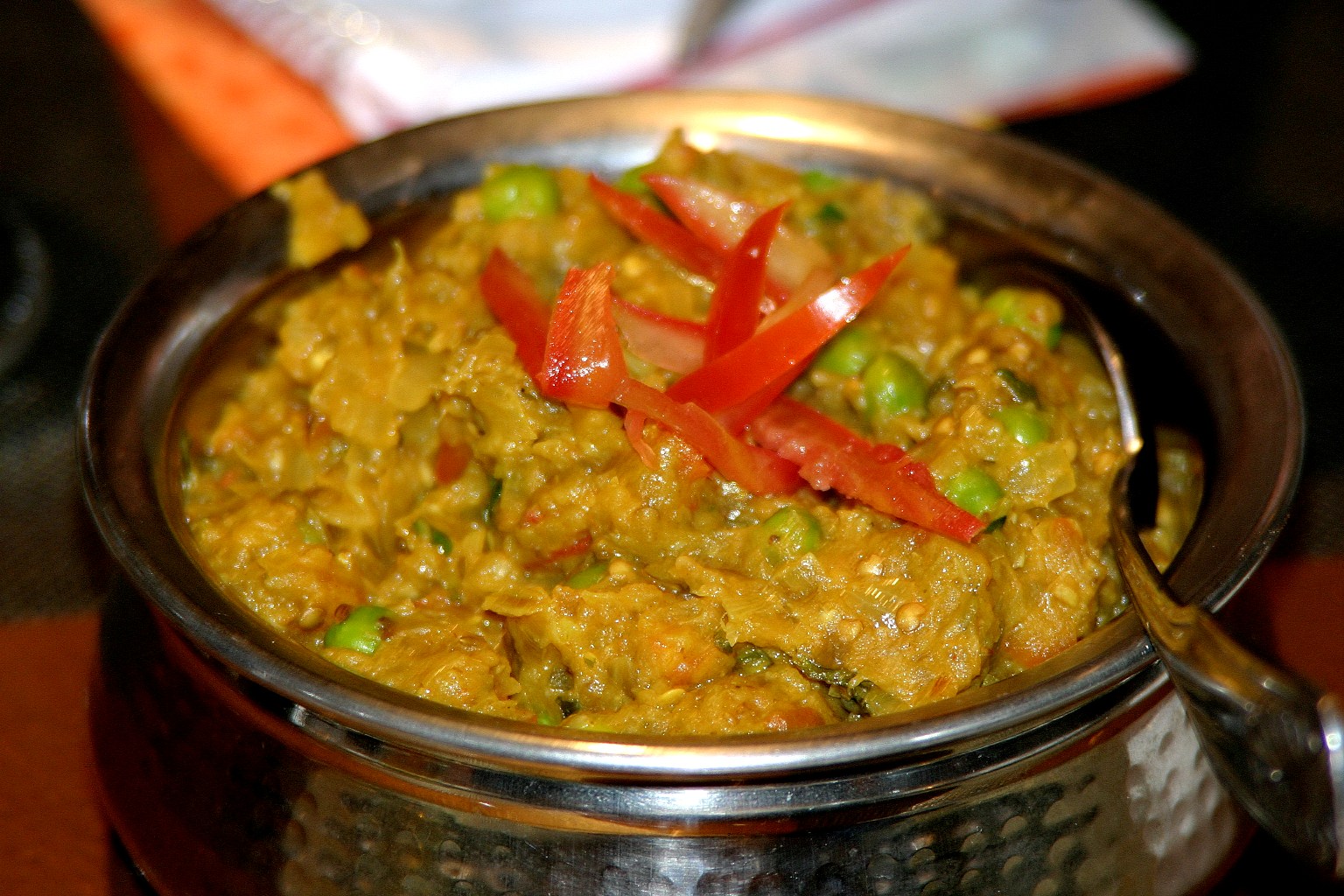This malai looks way better than mine ended up looking.
Also our camera isn't working at the moment.
For the first year or so after I started learning to cook, I rather lackadaisically stumbled through preparing mostly continental americana stuff - casseroles, kitchen sink stir fries, stuffed peppers, stuffed mushrooms, chilis, chowders, and so many other perfectly pliable forms of food. Even the occasional Thai or Mexican dish could be adapted to my then-bachelor sensibilities (cheap, quick, loads of veggies and often consumed while on my feet). The thing that's always appealed to me about these dishes, and about the general spirit of these sorts of foods, is their fluidity of recipe. Almost anything can be in a casserole. Got extra green onions? Yup, chuck 'em in. Olives? Why the hell not? More garlic! More I say! —In this, one of my many minds about cooking, the down-home mode of cookery, I take recipes as vague suggestions at best and otherwise don't really bother with them. Or measurements either.
This is a very bad approach with the preparation of Indian food, turns out. In fact, it's straight up untenable. Though I'll never give it up when making most things, I needed to adopt a new strategy if I'm to successfully assuage my ever-growing (and deep rooted) cravings for naan, dal, roti, saag, and other forms I'm only just discovering. Unaccustomed to the concept of closely following directions because of my Western "cowboy" culinary upbringing, I found myself wary to tackle any complex dish requiring precise cooking times, temperatures, and spice ratios. The order in which the ingredients meet the heat is key to a dish's resulting flavor under- and overtones. This is just a little bit more complex than the dishes that my anything-goes, crock-pot sensibilities normally favor.
Complex, but not impossible! And certainly not that hard at all, just requiring that I learn some damn patience and listen to a few knowledgeable sources (roommates or flatmates are the best and the internet is an infinite cookbook). Learning just a little of information about why things are done in a given order, or why spices are paired with certain veggies (not just for flavor, but also for health and digestion aids) helps make it more intuitive for future kitchen experiments. For example, one of the nice things about a lot of Indian recipes calling for Ghee (clarified butter) is that it has a lot higher smoke point than most cooking oils. That is, you can safely heat it to 250 °C (485 °F) without it burning. Knowing this you can be free from fear in really turning up the heat to fry onions and meld spices well early on in the life of a meal. I posit that little data like that make cooking more fun, nerdy [n.b. a good thing], healthy, and delectable.
Anyways, I'll quit blabbing my food philosophies and get to the recipe [I often think this about other blogs when I'm not feeling reflective, just hungry]. This one is from Indian Food Forever, a fantastic resource for the curious addict of the fine foods from all the corners and crannies of the sub-continent. Anything malai refers to the use of cream; here it is used along with mushrooms, tomatoes, and onions to make a delicious, comforting soup. Get on it. You'll need a food processor or a blender and a voracious sense for adventure.
Ingredients:
- 200 gm mushroom
- 2 onion (pyaj)
- 3 tomato (tamatar)
- 1 piece ginger (adrak)
- 1 green chilli (hari mirch)
- 1 cup cream
- 1 tbsp coriander leaves (dhania patti)
- 1/2 tsp salt (namak)
- 1/4 tsp turmeric powder (haldi)
- 1/4 tsp red chilly powder (lal mirch)
- 1/2 tsp spice blend (garam masala)
- 2 tbsp clarified butter (ghee)
- Cut mushrooms into slices.
- Finely chop onions.
- Grind ginger, green chilies and tomatoes.
- Finely chop coriander leaves.
- Heat ghee in a pan and fry onions until they turns pink/clear.
- Fry tomatoes in it and then put cream and mushroom.
- Cook for 5 minutes and then add turmeric, red chilly powder, spice blend and salt.
- Cook at low flame until mushroom softens, then remove from flame.
- Garnish with coriander and serve hot.


Nice post I am glad to see your post. I totally inspire with your writting skills.
ReplyDeleteSouth Indian Recipe
Maharashtrian recipe
North Indian Recipe